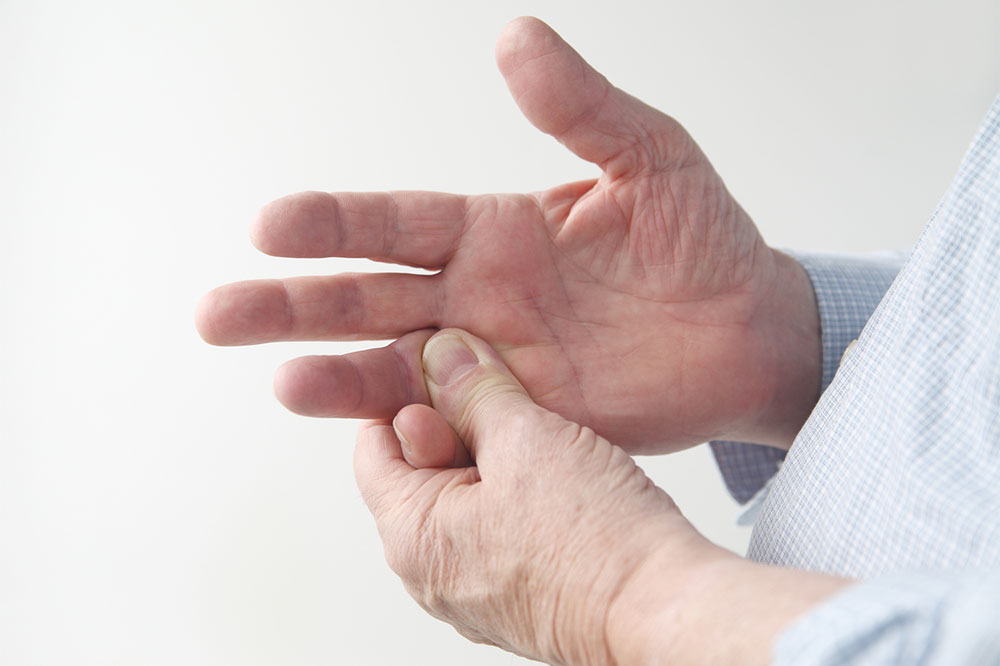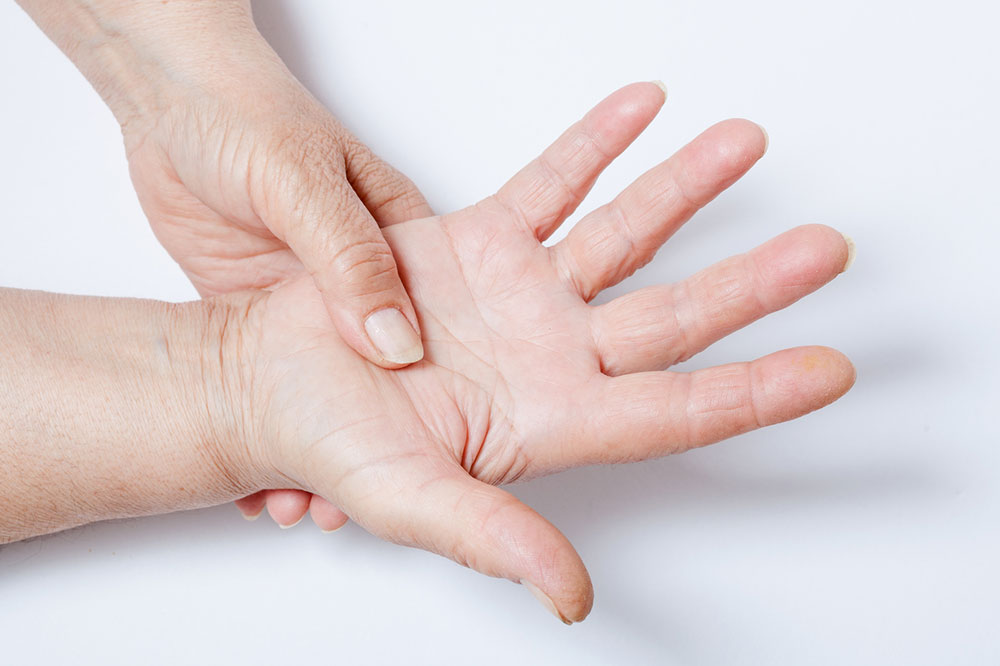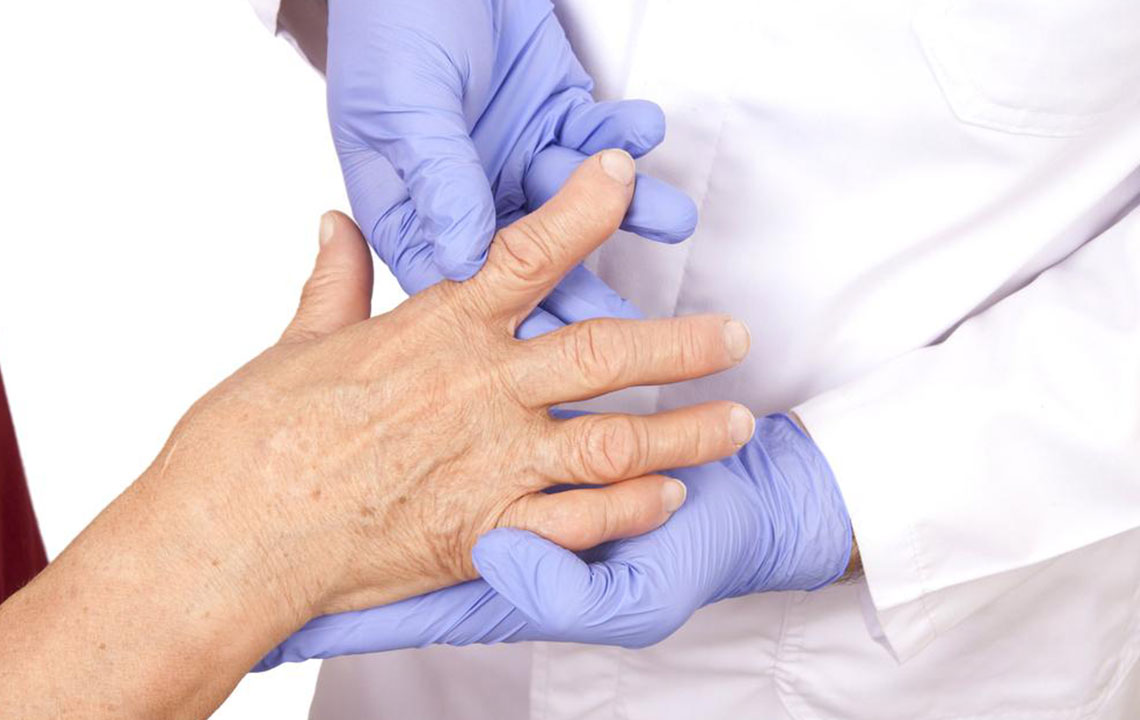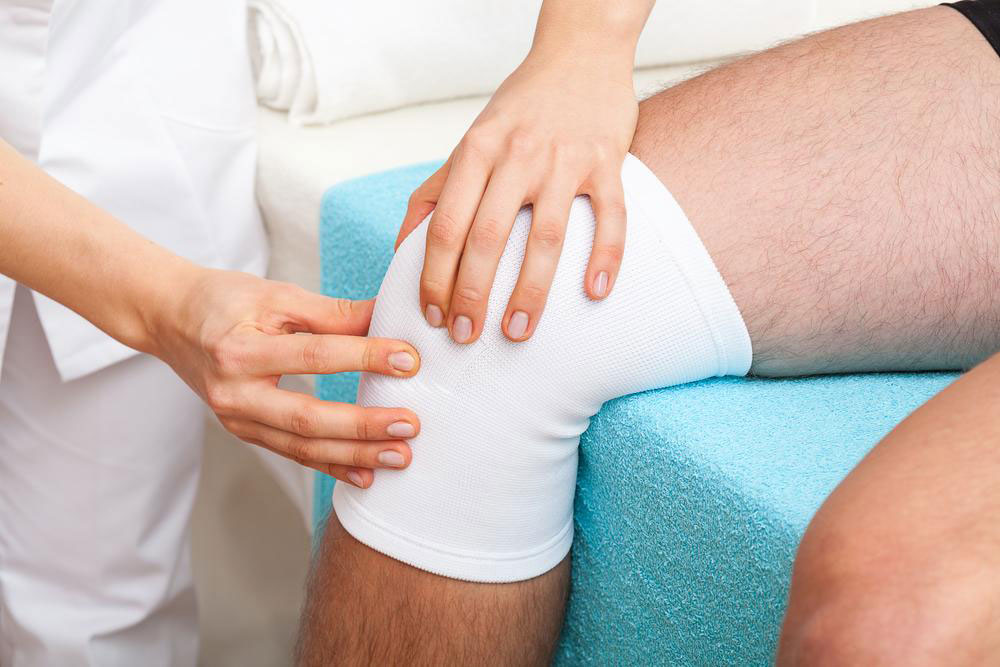Understanding the Six Major Types of Joint Disorders
Explore the six primary joint disorders, including rheumatoid arthritis, osteoarthritis, juvenile idiopathic arthritis, spondylitis, gout, and bursitis. Learn about symptoms, causes, and treatment options to manage these common conditions effectively.

Understanding the Six Major Types of Joint Disorders
Joint issues can arise from injuries, chronic illnesses, nutritional deficiencies, or simply aging. Some conditions are temporary and can be managed with physiotherapy, while others are persistent, painful, and require surgical intervention such as joint replacement. Arthritis is among the leading causes of disability worldwide, encompassing various joint conditions. The following are some common joint disorders:
Rheumatoid Arthritis
An autoimmune condition that attacks the synovial membrane within joints, leading to inflammation, cartilage damage, and bone erosion. It can affect individuals of any age.
In rheumatoid arthritis, immune cells accumulate in the joints, causing inflammation that damages cartilage and bone. It’s an autoimmune disease that can occur at any age.
Osteoarthritis
Commonly impacting people in their 60s, osteoarthritis results from the degeneration of cartilage cushions in joints. This wear-and-tear leads to stiffness and pain during movement, especially in the hands, hips, knees, and spine. As the condition progresses, joint mobility diminishes and discomfort increases.
Juvenile Idiopathic Arthritis
A chronic autoimmune disorder affecting children, also called juvenile rheumatoid arthritis. It impacts joints, muscles, ligaments, and sometimes internal organs and eyes, potentially hindering growth.
Spondylitis
Also known as spondyloarthritis, it involves inflammation of the spine and related structures. Types include axial spondylitis, which can cause spinal fusion (ankylosing spondylitis), and psoriatic spondylitis that affects pelvic and spinal joints.
Gout
Affects the joint at the base of the big toe due to uric acid crystal buildup. Sudden flare-ups cause intense pain and swelling.
Bursitis
Characterized by inflammation of bursae, the small fluid-filled sacs cushioning joints, muscles, and tendons. Commonly triggered by overuse or injury in the shoulders, elbows, and hips.
Expert consultation is essential at symptoms onset. Most cases respond well to physiotherapy and medication, promoting recovery and pain relief.










